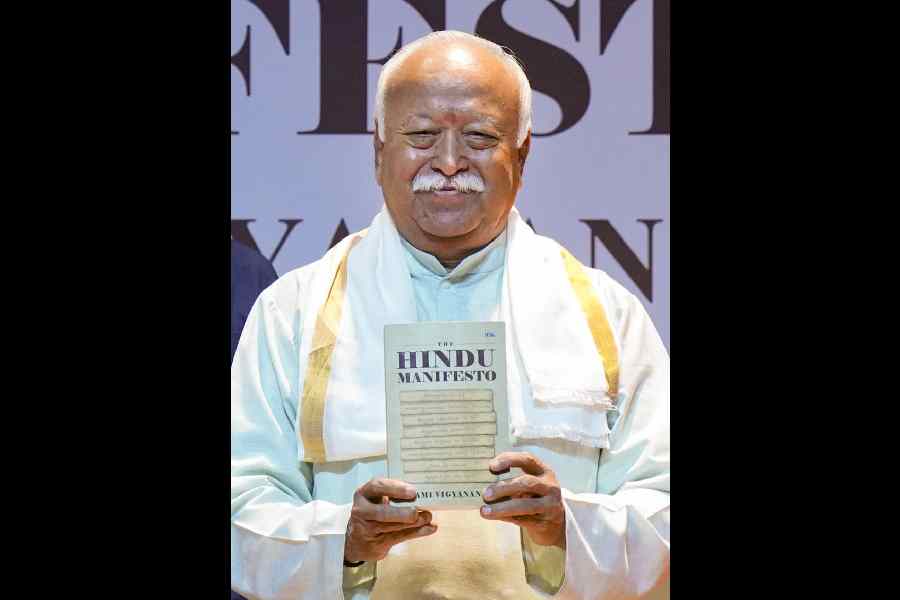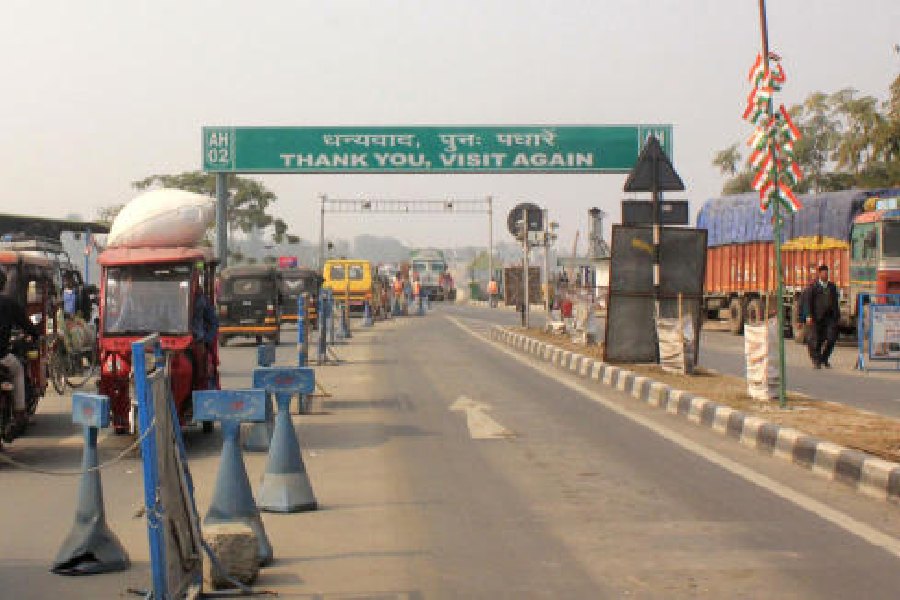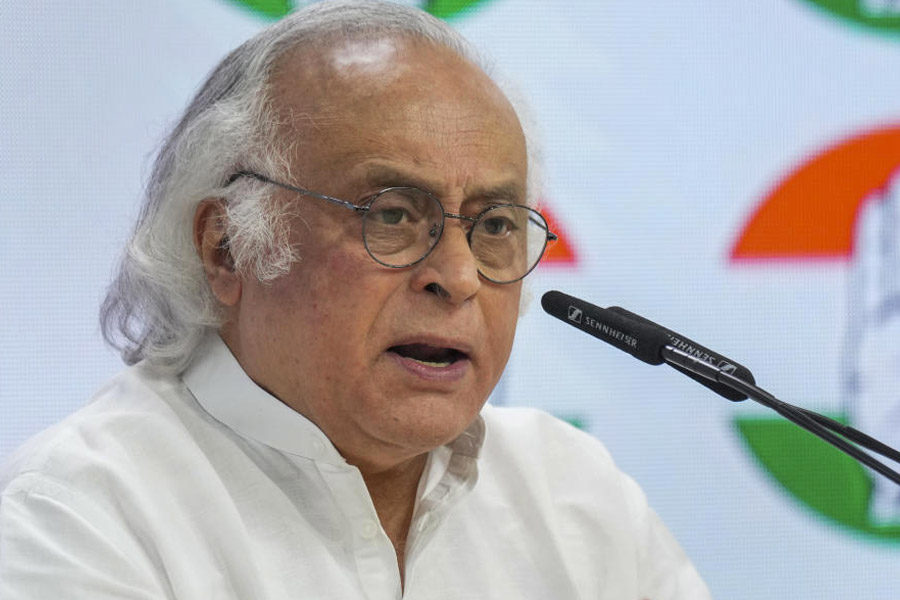 |
New Delhi, Dec. 25: An exhibition celebrating the 150th anniversary of the Archaeological Survey of India (ASI) opens tomorrow, offering a rare glimpse into history.
Here are four of the most notable among 307 antiques to be displayed at the event, which will go on till January 31.
Chinese blue and white porcelain utensils (14th century AD, Sultanate period): A gardener found the pile of 87 utensils while digging at the Firoz Shah Kotla grounds in Delhi in 1961. They were lying just one feet below the surface.
“It seems at some point Firoz Shah Tughlaq became very religious. The utensils have images of animals and human beings. He must have ordered the entire lot to be thrown out (as Islam forbids depiction of living beings),” said ASI director-general Gautam Sengupta. The lot is the largest collection of such utensils found outside China.
Bodhisattva (7th century AD): The sculpture of Bodhisattva, an enlightened being on the path to becoming a Buddha, dates back to the post-Gupta period. It was part of the Mahata collection in Bodhgaya but was reportedly stolen in the late 1980s.
All historical antiques have to be registered with the ASI, whether in government or private collection. This sculpture, too, was registered.
A former ASI director-general stumbled upon the sculpture while going through the catalogue of a US museum in the late 1990s. After a prolonged legal battle with US authorities, the sculpture was brought back to India in 2000.
Raya Asoko (1st and 2nd century AD): This image, the first-ever sculptural representation of Asoka with an inscription in the Brahmi script, has never gone before on display since its excavation. The slab was dug out in 1998 from Karnataka’s Kanaganahalli, a prominent Buddhist site.
The image is not an exact portrayal of Asoka, though. It was carved during the Satvahana period, around 300 years after Asoka’s death. “The original sculpture is in limestone and is very fragile. In this exhibition we have got exact replicas,” said additional ASI director-general B.R. Mani.
Bee-shaped pendant (14th-15th Century AD): Golden bee studded with 11 gems, including resplendent rubies, it was found in the Hampi ruins of Karnataka in the late 1990s. The ornament used as a pendant dates back to the Vijayanagara empire.
“The careful carving and the design of the pendant indicate it must have belonged to a very influential person in the royal family, possibly the queen herself,” Mani said.











